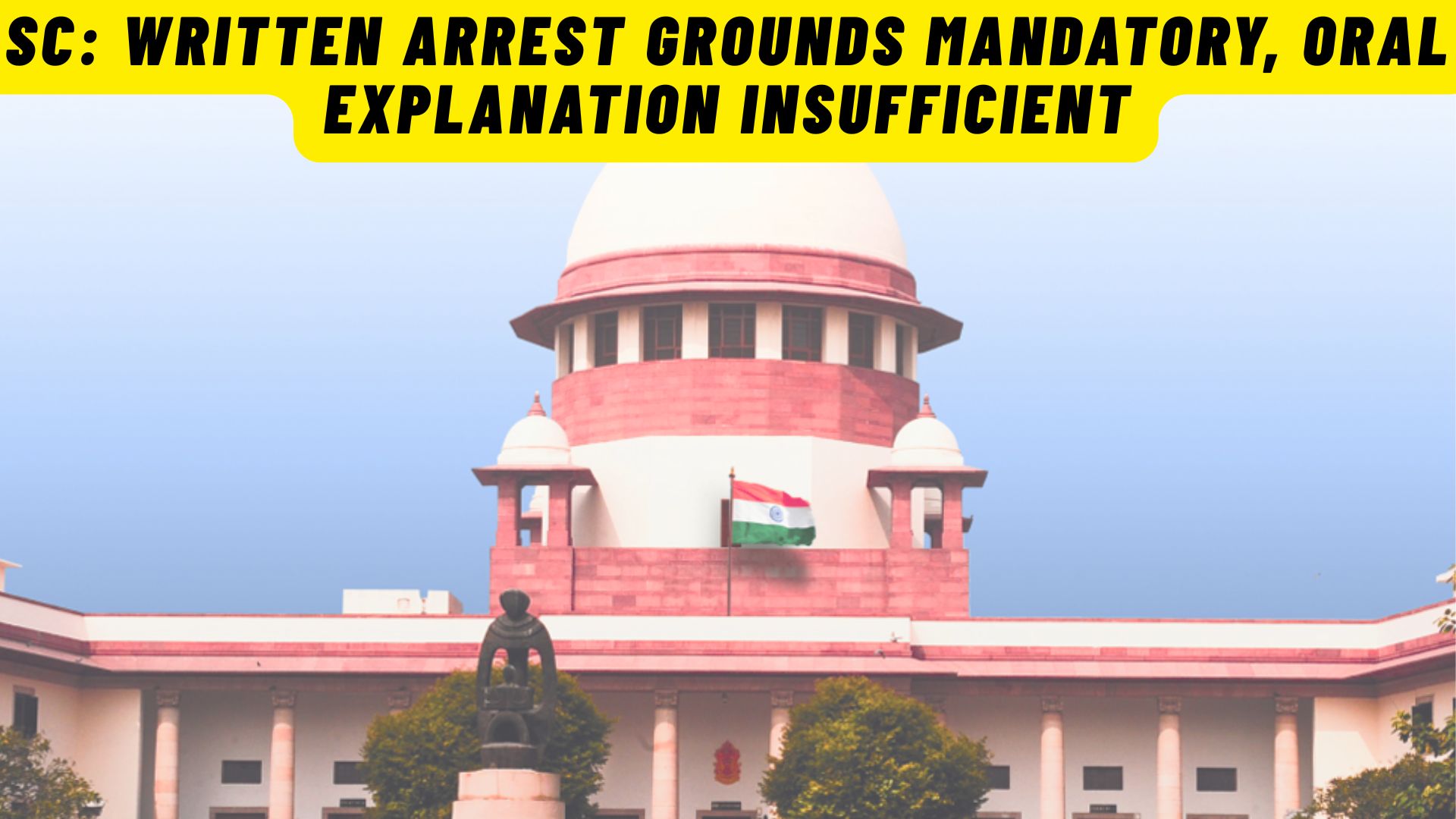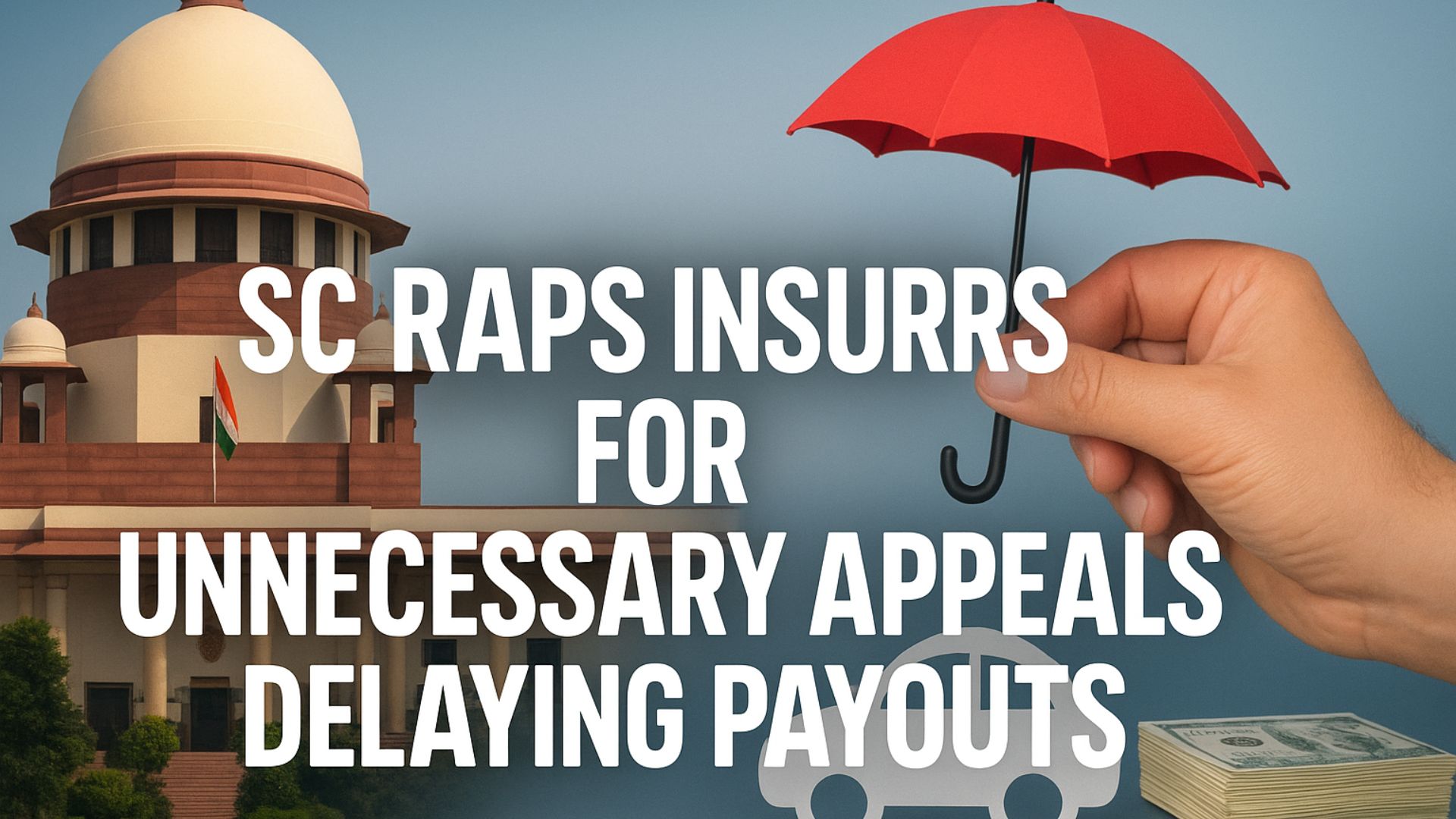Sanju Panda, J.@mdashChallenge has been made by the appellant in this Jail Criminal Appeal to the judgment and order of sentence dated
28.2.2004 passed by the learned Sessions Judge, Dhenkanal in Criminal Trial (Sessions) No. 101 of 2003/4/2003 convicting him u/s 302 IPC and
sentencing him to undergo R.I. for life and to pay a fine of Rs. 1,000/- in default of such payment, he is to undergo R.I. for further three months
and acquitting him of the offence u/s 341 IPC. The brief facts of the prosecution is that on 21.7.2002 at about 5.30 A.M. while the informant
coming to take tea in the market at that time his brother Mayadhar Behera was also coming to the market by a Scooter. The accused-appellant,
who was sitting at Kumbhara Sahi Chhak, assaulted the deceased by means of an axe consequently the deceased fell down from the Scooter.
Thereafter, the accused went away from the spot after giving successive axe blows to the deceased. The injured was shifted to Dhenkanal hospital
and thereafter referred to SCB Medical College & Hospital, Cuttack where the injured succumbed to the injuries after 15 days, i.e. on 5.8.2002.
2. The plea of the accused was one of complete denial.
3. The prosecution, in support of its case, examined as many as 11 witnesses out of them P.Ws. 1 and 2 (informant) were eye-witnesses to the
occurrence, P.W. 6 was the doctor who gave immediate-treatment to the injured at Dhenkanal hospital. P.W. 11 was the I.O. The prosecution
had also produced documentary evidences which were marked as Exts. 1 to 17. Ext 15 and Ext. 17 were spot map and post-mortem report
respectively. The defence has examined one witness and filed documentary evidence which was marked as Ext. A, Station Diary Entry dated
21.7.2002.
4. The Trial Court, on analyzing the evidence on record, held that the death was homicidal. The accused dealt successive blows by means of an
axe on the head of the deceased. The infliction of injury on the head was sufficient in ordinary course of nature to cause death. The weapon of
offence was recovered in consequence of the information received from the accused-appellant. P.Ws. 7 and 8 were witnesses to the seizure of
weapon of offence. The Trial Court convicted the appellant relying on the evidence of P.Ws. 1 and 2 coupled with other materials available on
records.
5. Learned counsel for the appellant submitted that from the evidence of P.Ws. 1 and 2, it appears that, all of a sudden, the accused assaulted the
deceased while the deceased was coming by a Scooter. The prosecution was not able to prove any motive of the accused to commit the offence.
As the appellant assaulted the deceased white he was moving and he succumbed to the injuries 15 days after, it cannot be said that the accused
assaulted the deceased with an intention to kill him. Therefore, the offence was not coming u/s 302 IPC. Hence, the judgment and sentence passed
by the Trial Court are liable to be set aside.
6. Learned Addl. Standing Counsel for the State, however, supporting the judgment submitted that the Trial Court has taken into consideration the
statement of P.Ws. 1 and 2 coupled with the injury report, Ext. 4 and the post-mortem report, Ext. 17 which reveals that the injuries were ante-
mortem in nature caused by sharp cutting weapon. The injuries were homicidal in nature and fatal in ordinary course of nature. The death was
caused due to injury on the head. Therefore, the impugned judgment and the order of sentence need not be interfered with.
7. On the rival submissions of the learned counsel for the appellant and the learned counsel for the State and after going through the records, it is to
be examined in this appeal, whether clause ""Thirdly"" of Section 300 or clause (c) of Section 299 was attracted to the offence committed by the
accused-appellant.
8. The distinction is fine but real and if overlooked, may result in miscarriage of justice. The difference between Section 299 and clause ""thirdly"" of
Section 300 is one of the degree of probability of death resulting from the intended bodily injury. It is the degree of probability of death which
determines whether a culpable homicide is of the gravest, medium or the lowest degree. The word ""likely"" in Section 299 conveys the sense of
probable as distinguished from a mere possibility. The words ""bodily injury.... sufficient in the ordinary course of nature to cause death"" means that
death will be the ""most probable"" result of the injury having regard to the ordinary course of nature. It is necessary that the offender intended to
cause death so long as the death ensues from the internal bodily injury or injuries sufficient to cause death in the ordinary course of nature and in
such event clause ""Thirdly"" of Section 300 IPC is attracted. The distinction lies between a bodily injury likely to cause death and a bodily injury
sufficient in the ordinary course of nature to cause death. The prosecution must establish quite objectively that a bodily injury is present and there is
an intention to inflict that particular injury and it is not accidental or unintentional. The part of enquiry is purely objective and inferential and has
nothing to do with the intention of the offender. Therefore, clause ""Thirdly"" of Section 300 IPC, culpable homicide is, murder, if both the conditions
are satisfied, i.e. (i) the act which causes death is done with the intention of causing death or is done with the intention of causing a bodily injury;
and (ii) the injury intended to be inflicted is sufficient in the ordinary course of nature to cause death it must be proved that there is an intention to
inflict that particular bodily injury which, in the ordinary course of nature, is sufficient to cause death, viz. that the injury found to be present is the
injury that is intended to be inflicted. Even if the intention of the accused is limited to the infliction of a bodily injury sufficient to cause death in the
ordinary course of nature and does not extend to the intention of causing death, the offence would not be murdered. Section 300 Illustration (c)
clearly brings out this point. Therefore, Section 299 and Section 300 both require knowledge of probability of the act causing death. It is not
necessary for the purpose of this case to dilate much on the distinction between these corresponding clauses. It is sufficient where the knowledge
of the offender as to the probability of death of a person or persons in general as distinguished from a particular person or persons being caused
from his imminently dangerous act.
9. The apex Court in the case of Harish Kumar Vs. State (Delhi Administration), has considered the case that the accused came with sharp edged
weapon and without any provocation, he inflicted injury on the deceased when he was held back by the co-accused (acquitted) that would show
that there was an intention to kill him, and as per the doctor, the injury was sufficient in the ordinary course of nature to cause the death coming
within clause ""thirdly"" of Section 300 IPC. It was no doubt true, as rightly contended, that if read in isolation by itself the offence may be murdered,
but when closely scrutinized the evidence in this behalf, it was found that the offence cannot conclusively show that offence can be brought within
clause ""Thirdly"" of Section 300 IPC.
10. Taking into consideration the nature of injuries and also the time gap between the time of infliction of the injury till the date of death which was
two days after the injury was inflicted. In such circumstances, the conviction u/s 302 IPC was set aside and the accused was convicted u/s 304,
Part-II IPC by the apex Court.
11. On the touchstone of the principle, as stated above, and the case at hand, it reveals from P.Ws. 1 and 2''s evidence that successive blows
were made by the accused-appellant on the back side neck and right head of the deceased while'' he was coming to the market by a Scooter
which was a moving object. The deceased succumbed to the injury after 15 days. The bodily injuries in the ordinary course of nature was sufficient
to cause death is mere possibility. Doubt cannot be cast on the prosecution case even if motive is absent.
12. Hence, the case at hand is not covered u/s 302 IPC and on the other hand the case is covered u/s 304 Part 1 IPC. Therefore, the conviction
and sentence is altered. Custodial sentence of 10 years would meet the ends of justice. Accordingly, this Court reduces the sentence awarded by
the learned Sessions Judge, Dhenkanal in Criminal Trial (Sessions) No. 101 of 2003/4/2003 from life imprisonment to 10 years R.I. Since the
appellant is inside the custody for more than 10 years, he shall be set at liberty forthwith unless he is required in any case.
The jail criminal appeal is partly allowed.
B.R. Sarangi, J.
I agree.

